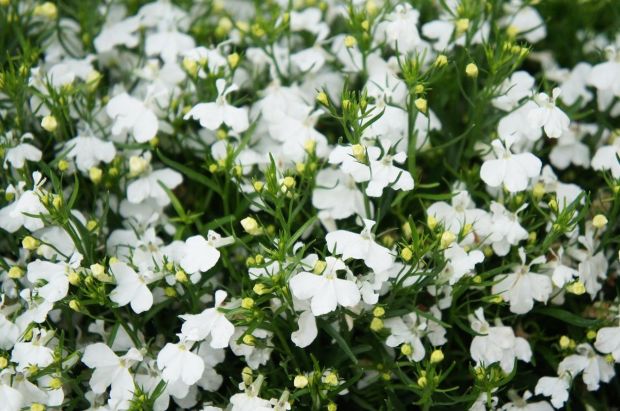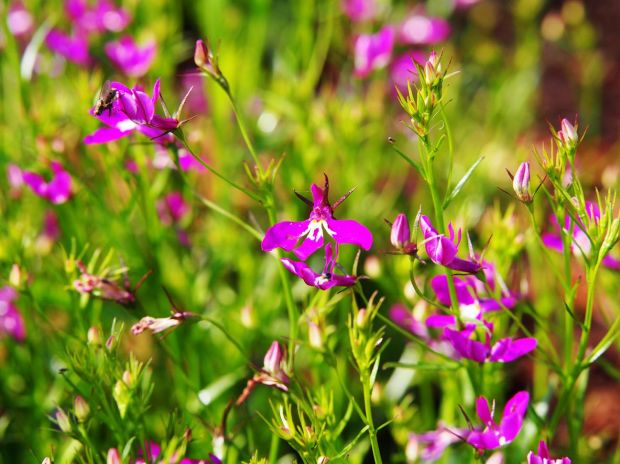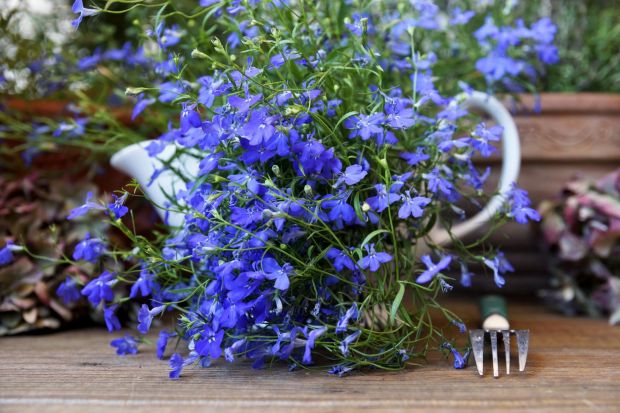You may have often seen the gentle yet bright blue of edging lobelia (Lobelia erinus) in gardens or balconies. They bloom tirelessly from the end of spring through the early fall with small, butterfly-like flowers.

Originally from South Africa, those adorable “butterflies” were introduced to Europe in the mid-18th Century and quickly became a favorite of Victorian aristocrats.





